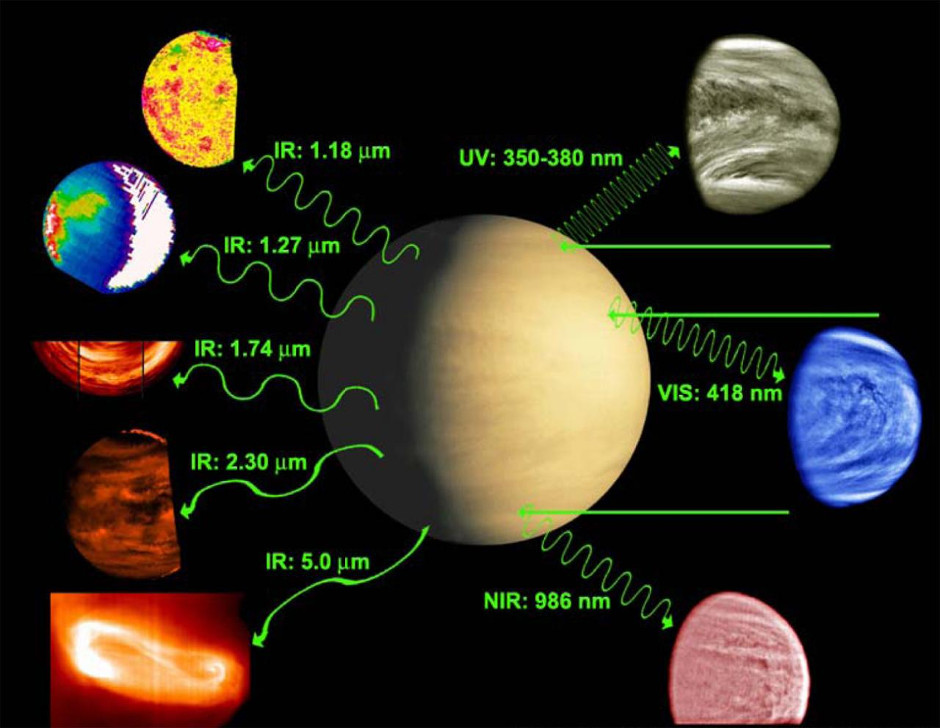
Recently, a study led by astronomers from the Institute of Astrophysics of Andalusia (Instituto de Astrofísica de Andalucía, IAA-CSIC), in collaboration with the University of the Basque Country and the Institute of Astrophysics and Space Sciences of Portugal, has described the mechanism that sustains this structure and has for the first time succeeded in reproducing its evolution in the course of one month.
When first discovered, astronomers thought the “Y” was simply a group of clouds blown by the wind, but data from mission Mariner 10 (NASA) in 1973 revealed that the structure not only spread like a single entity but also moved at a speed different from its environment. “The conclusion was that it could only be a wave or a periodic alteration of atmospheric variables, but we didn’t know which one,” says Javier Peralta, IAA-CSIC researcher in charge of this study which has made the cover in the journal Geophysical Research Letters and has been highlighted in Science magazine.
The study by Peralta et al. has invalidated the hypothesis — accepted for decades — which assumed that this wave should be one of the types of equatorial waves present on planet Earth. The researchers have deduced a new type of atmospheric wave compatible with Venus’s extremely slow rotation which explains with striking simplicity the numerous enigmas posed by the “Y.” Its dark colour, for example, is due to the fact that the wave pushes upward and concentrates the mysterious ultraviolet absorber.
The wave is confined not only to the equatorial zone but also to the altitudes where the winds reach their highest intensity, which also explains why the “Y” can only be seen on the narrow altitude region of Venus’s cloud tops.
However, the most noticeable achievement of this study has been to prove that the Y shape is due to the distortion that the winds cause on the wave. “The strong wind that blows westward in Venus is more or less constant from the equator up to the middle latitudes. Since at high latitudes the radius of the circumference is smaller, the winds go round more quickly than on the equator, what gradually distorts the wave,” Javier Peralta explains. “It was fascinating to see how this new wave of planetary dimensions takes the shape of a Y as the winds of Venus distort it.”



